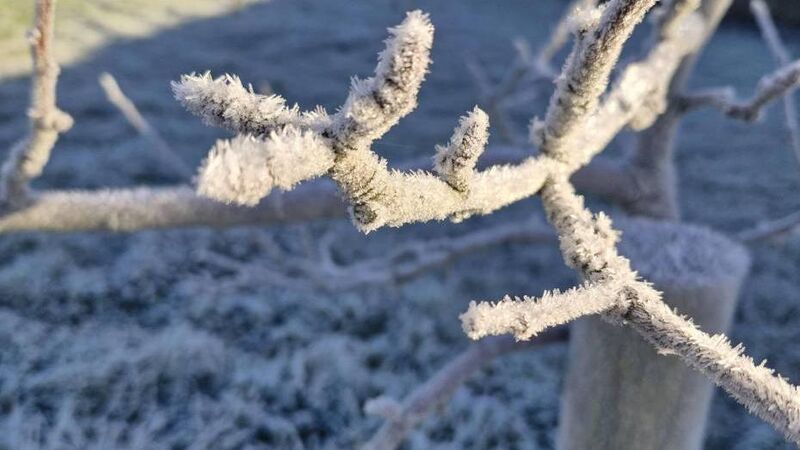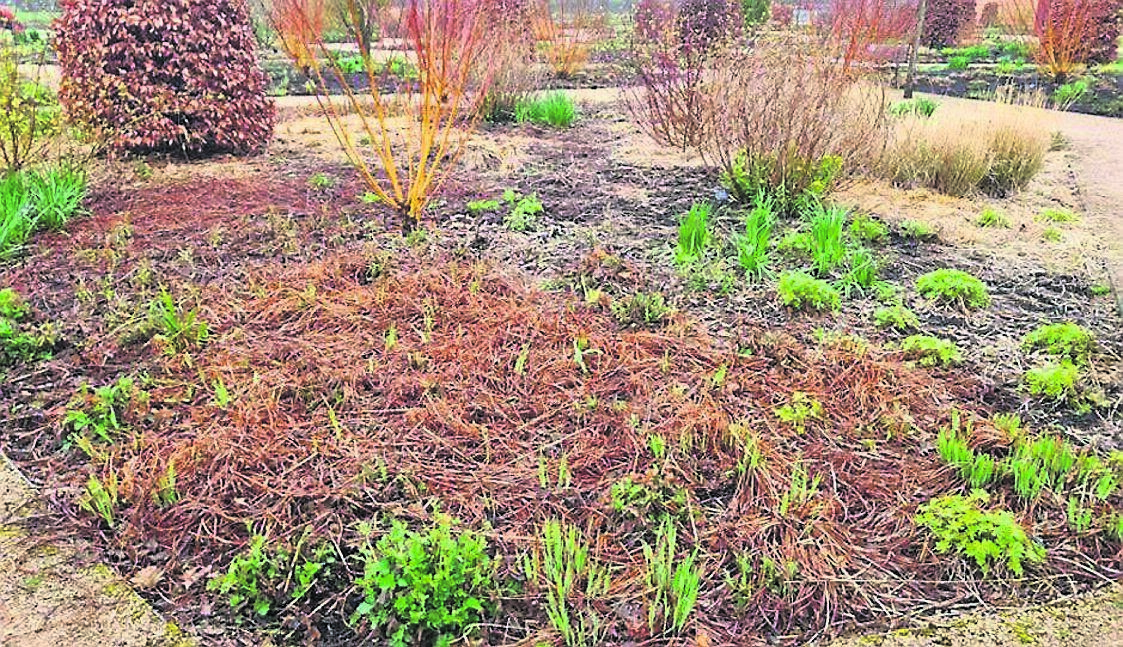In the garden: How to help plants cope in a cold snap

Dormant apple fruiting buds in the frost last week
The cold snap we normally anticipate each winter finally arrived along with the new year, and plants and humans both got a rude awakening last week.

It does require some organisation and discipline around the handling of materials, and ultimately it is a very rewarding process which will be labour- and money-saving for the future.

It is amazing to see anything flowering in the depths of winter with frost and snow to contend with. It is not all about flower in winter though and stem colour and evergreen foliage also create a considerable impact.






 App?
App?





